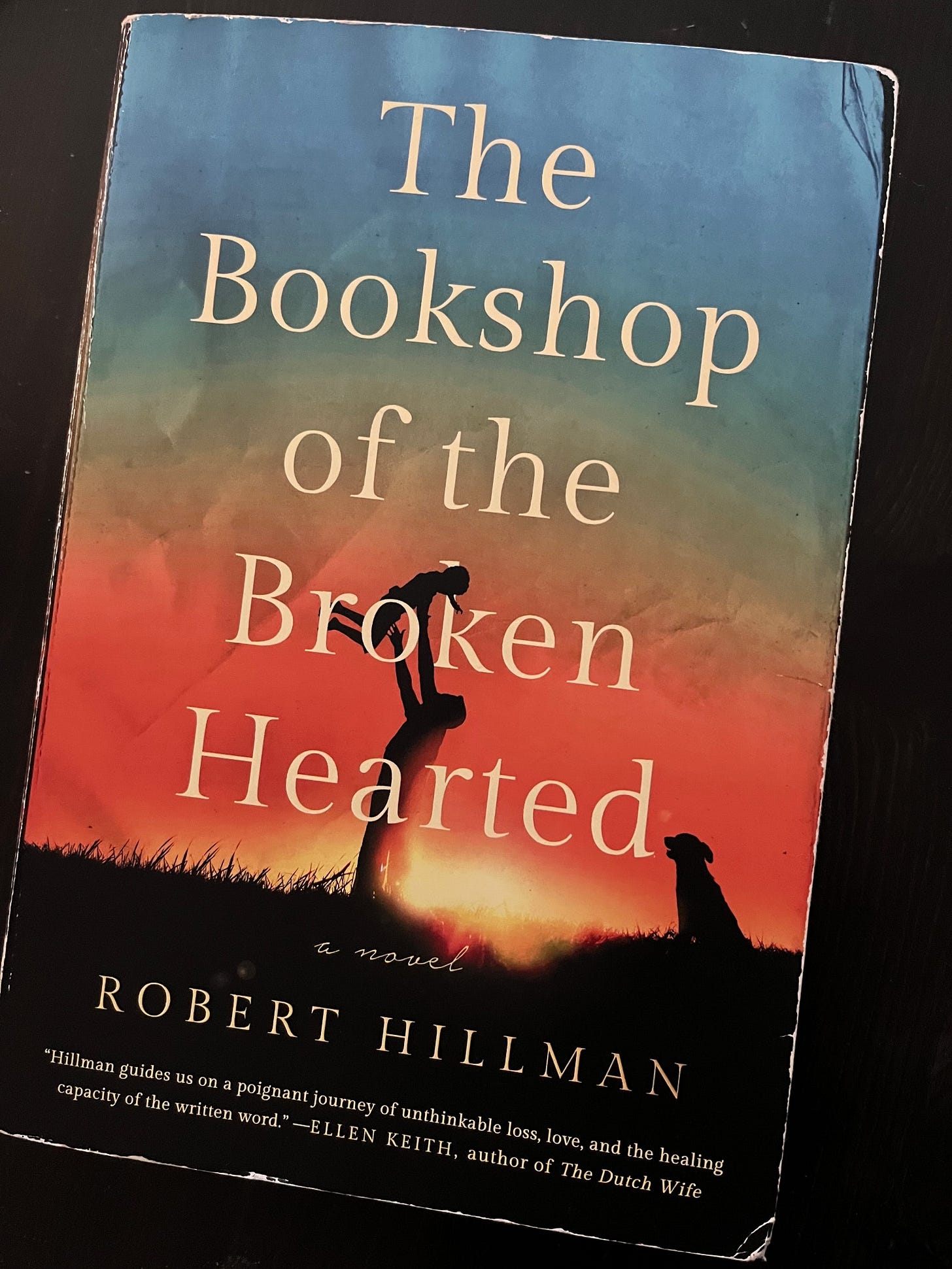One of my earlier “close read” posts looked at writing real emotion as opposed to sentimentality. And this read, once again, falls into that.
HOW human emotions are brought to life on page fascinates me. It’s one element that makes the difference between causing an editor and publisher and READER to care (and read through to the end)… or set down the book, even toss. True, a story that just flies along, and begs “what NEXT?” is a close second. But even then, even for the most story-focused readers, if a writer can’t evoke emotion, both in character and in reader, the story is lost.
Amy W. turned me on to this title—thanks, Amy! This is the second time this year, I’ve been blown away by the work of an Australian writer.
Back-and-forth
The central character is Tom, whose first wife runs away, saying he bores her. When she does return, she is pregnant. Then she goes off yet again and this time, she leaves a son with Tom. Some short time later, Hannah comes into Tom’s life.
The time period for the story at hand is the late 1960s to early 70s, but Hannah’s story is Auschwitz and loss. There are chapters, clearly titled, that go back in time. So many contemporary novels move back and forth, from one viewpoint character to the next, and one time period to another. Hillman keeps this straightforward and minimal, to my mind. (I do find in some recent reads that this back-and-forth can have the quality of too much channel-changing; this book, not so.)
What I’d like to look at in this close read is the language and love of animals, and how that works within the story. You can’t have a story that incorporates the trauma of WWII, the shadow of Vietnam, and the closer-at-hand threads of abandonment and removal, and more, without some ameliorating element. The warmth with which this story is written—the emotional quality of day-to-day care—is what makes this read.
Keep reading with a 7-day free trial
Subscribe to Unschool for Writers to keep reading this post and get 7 days of free access to the full post archives.




